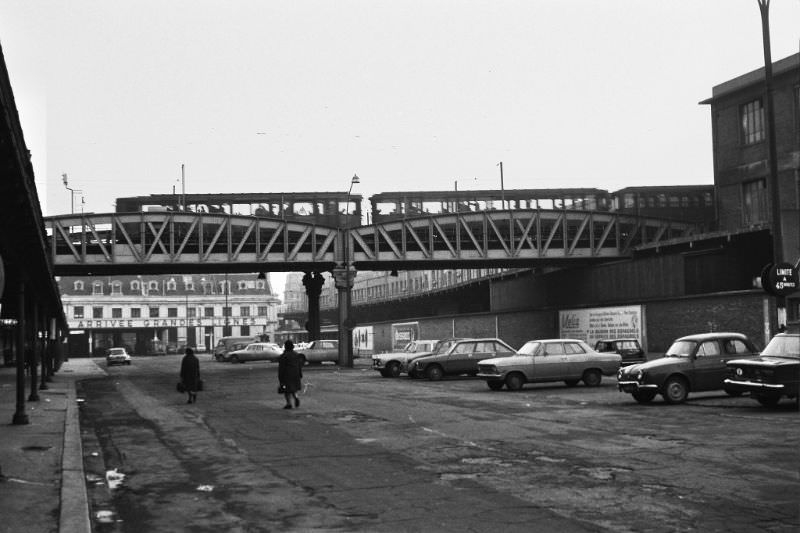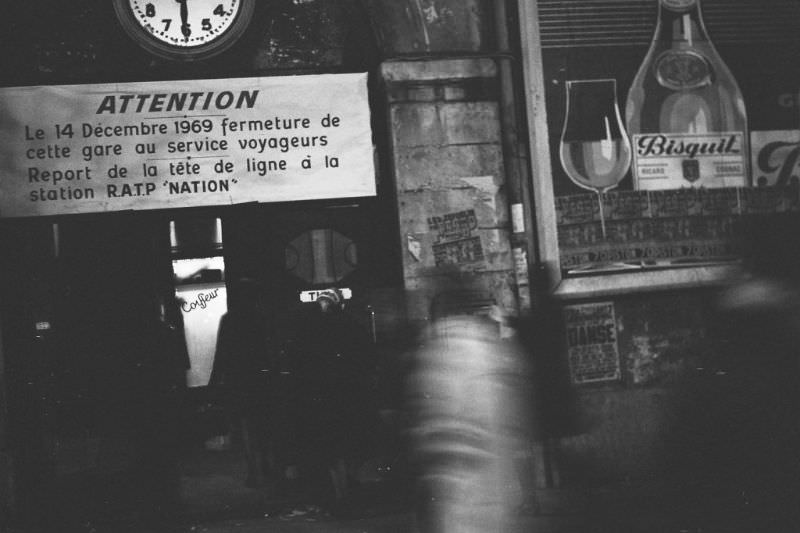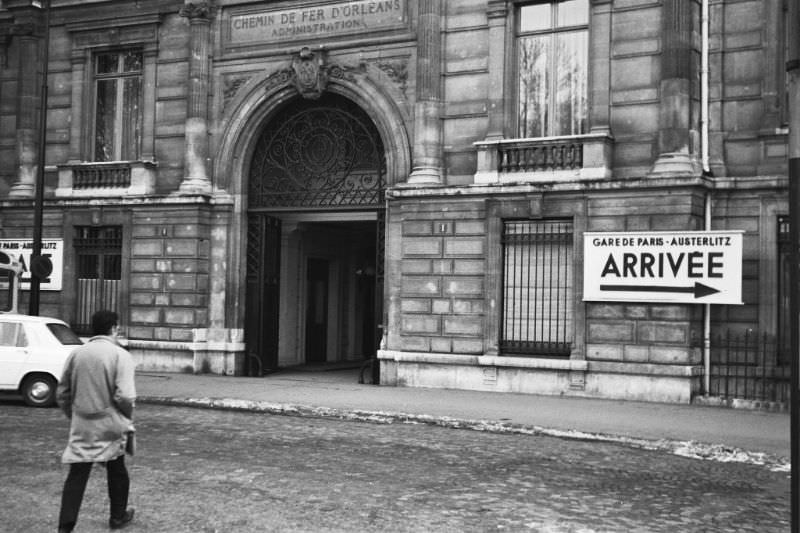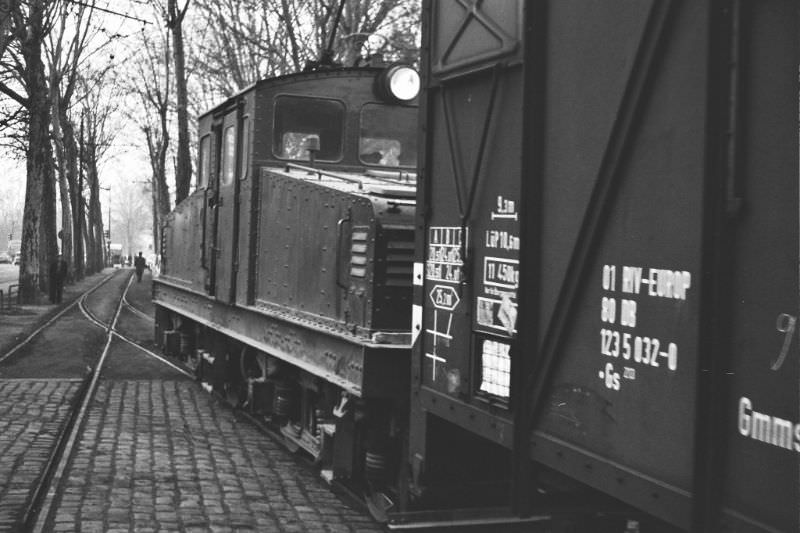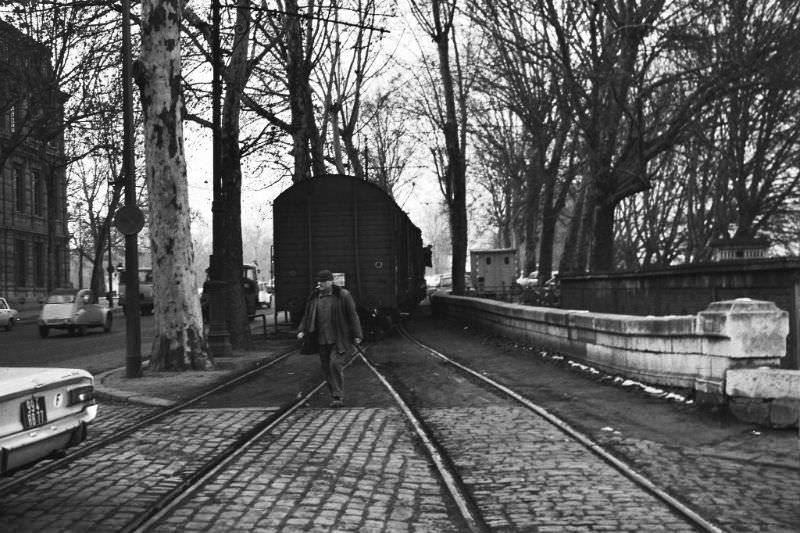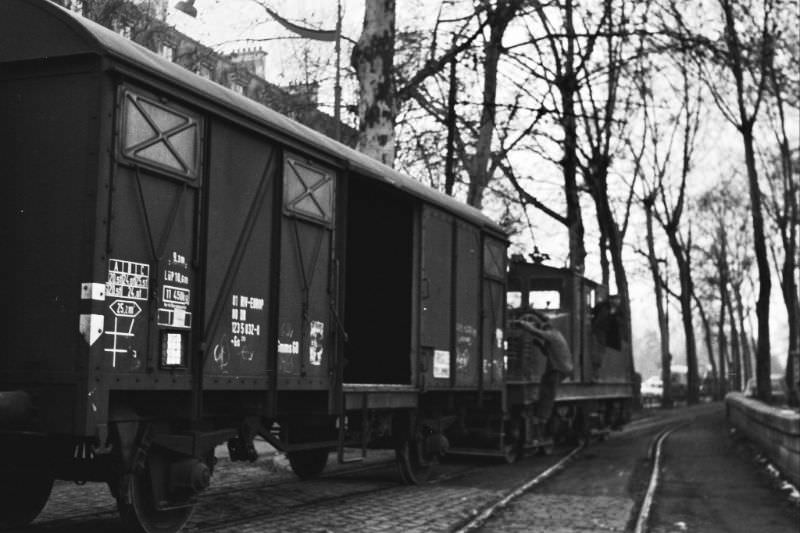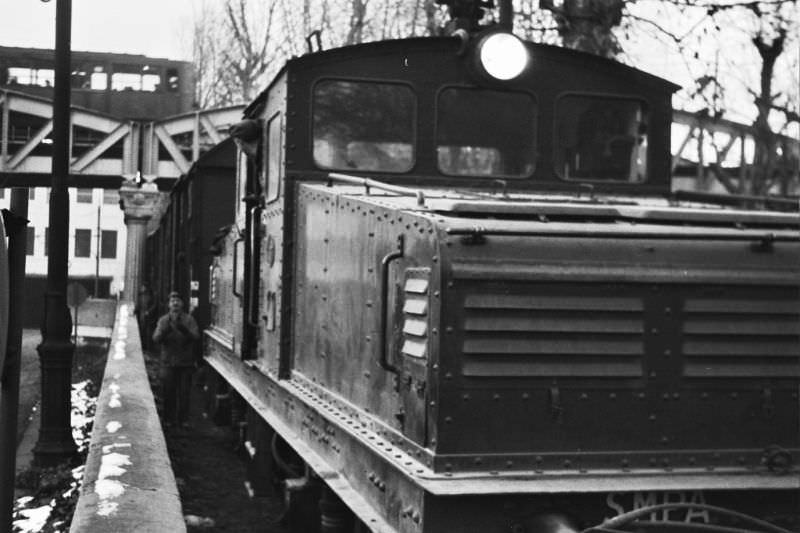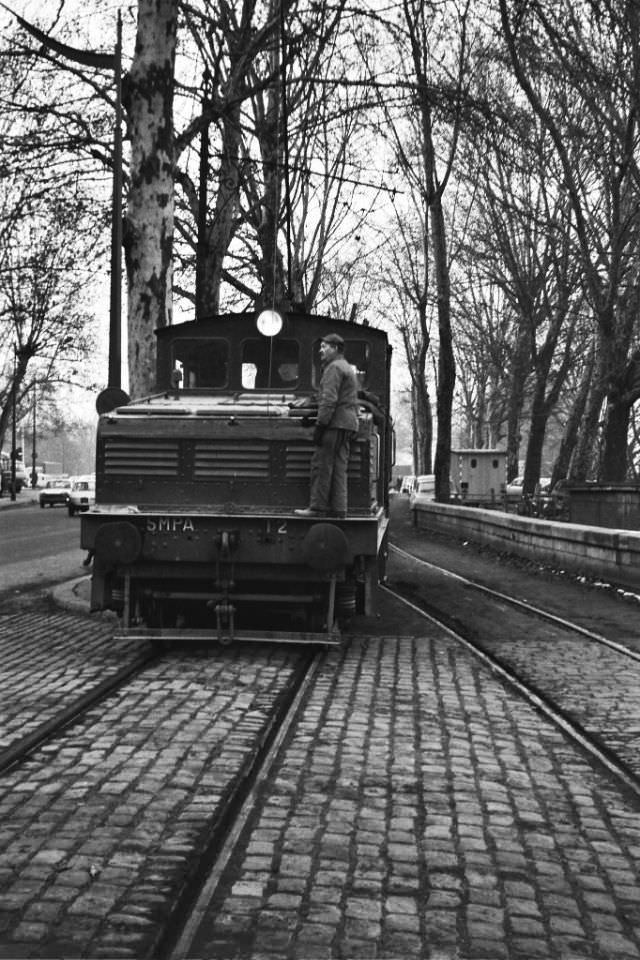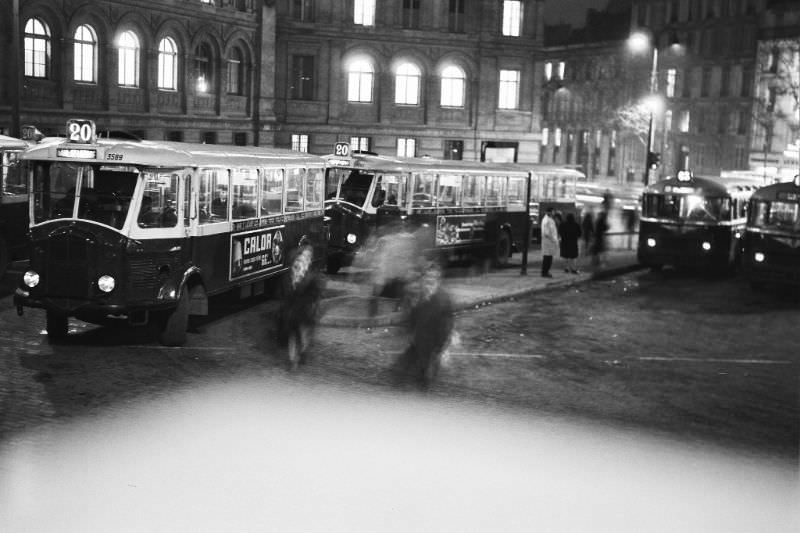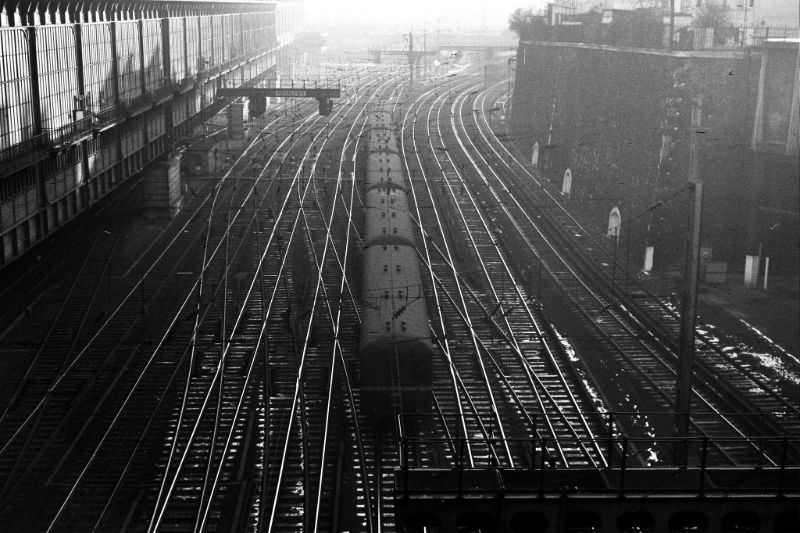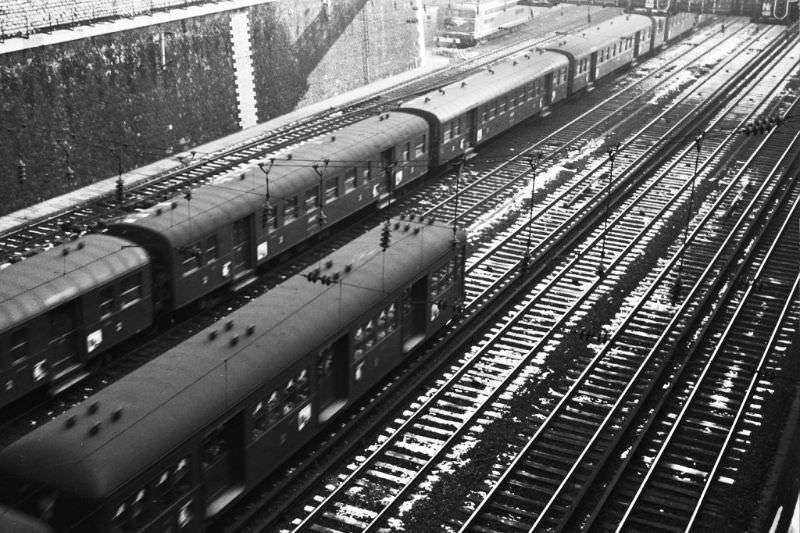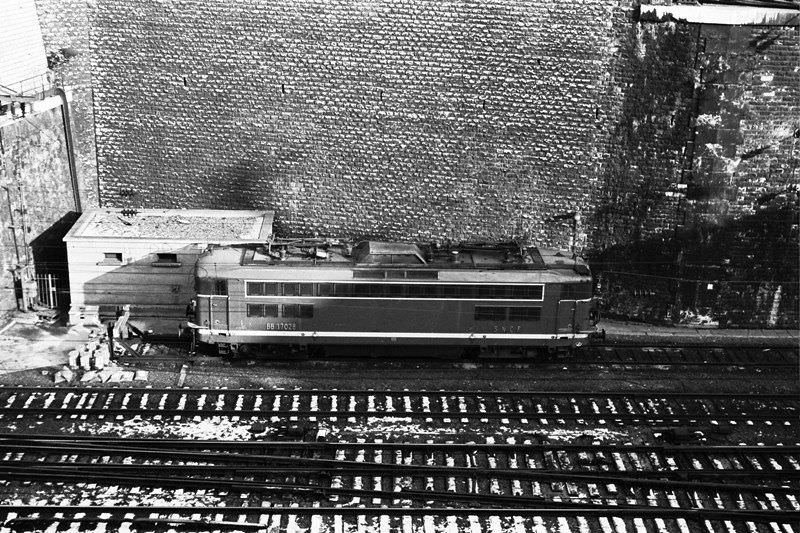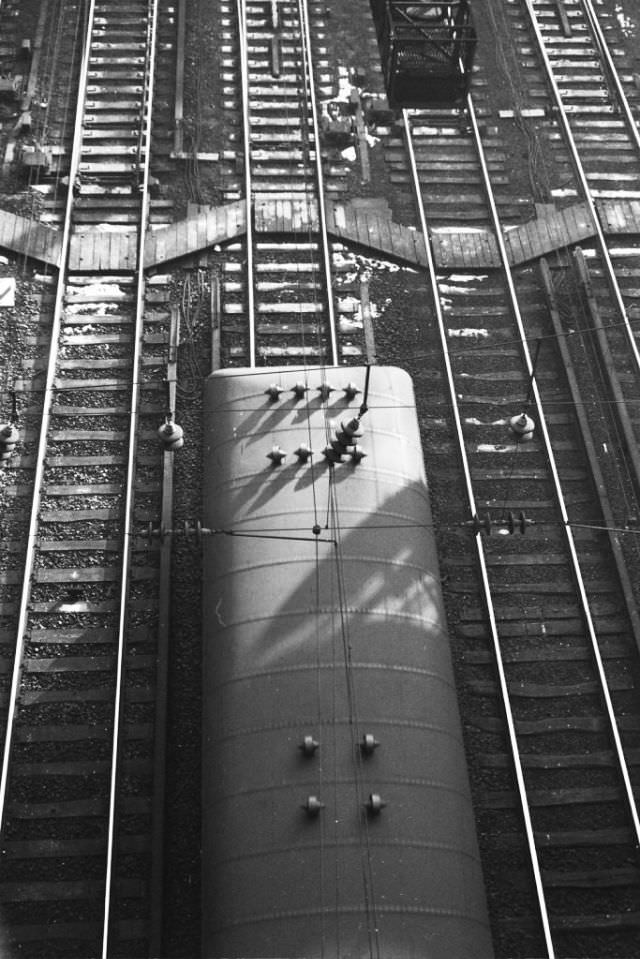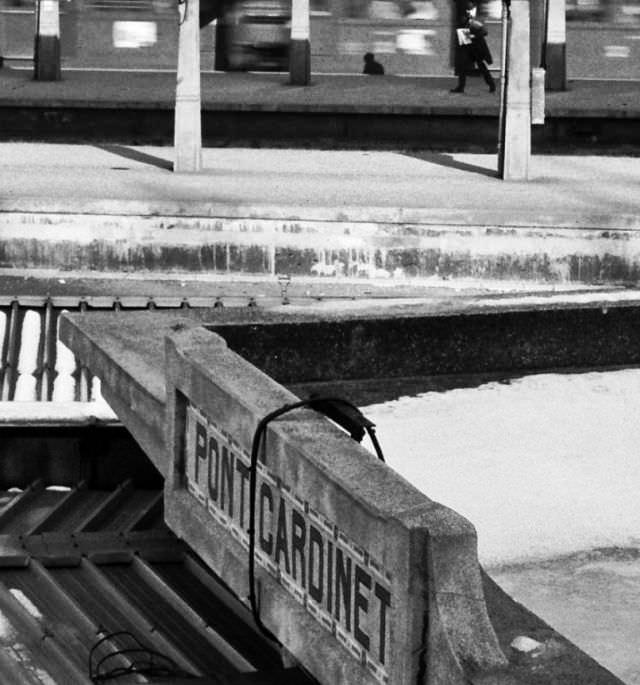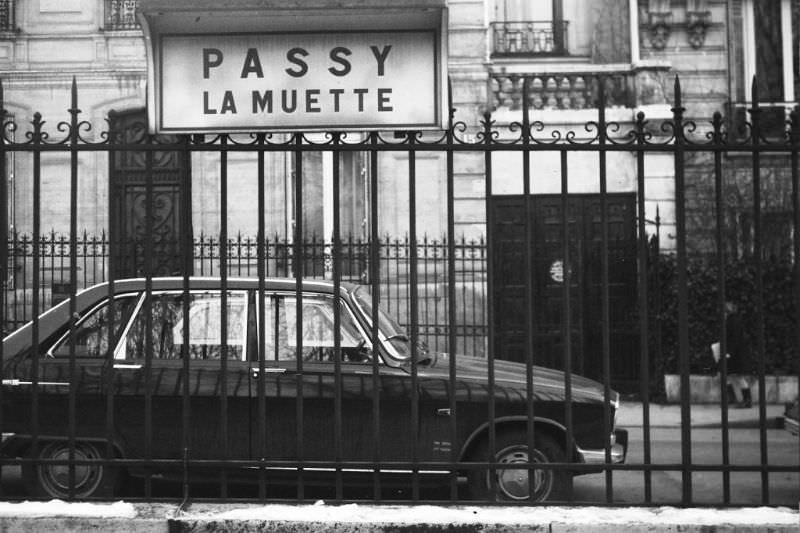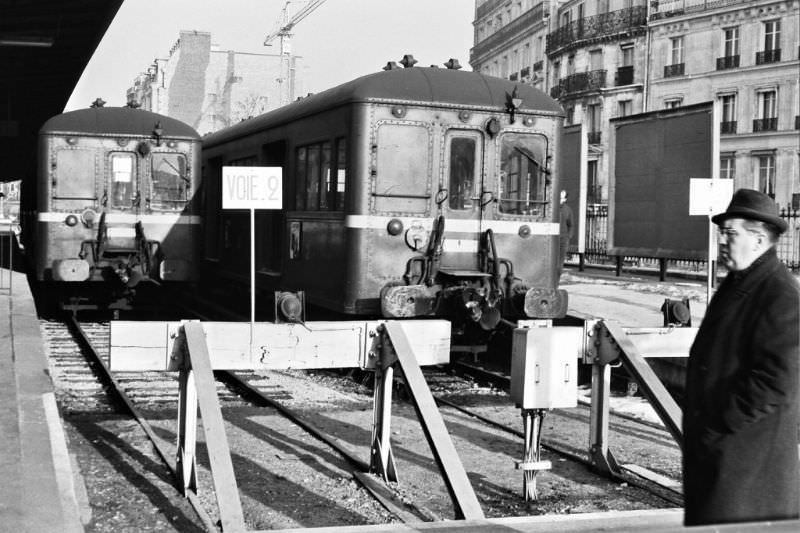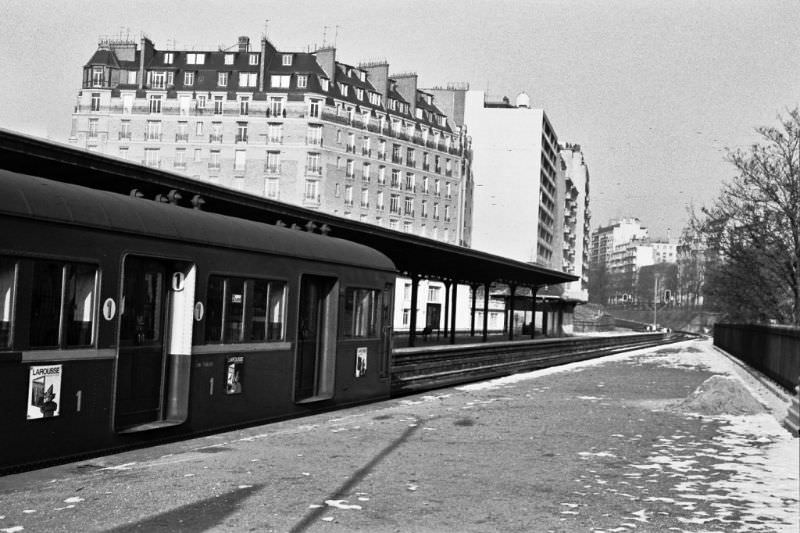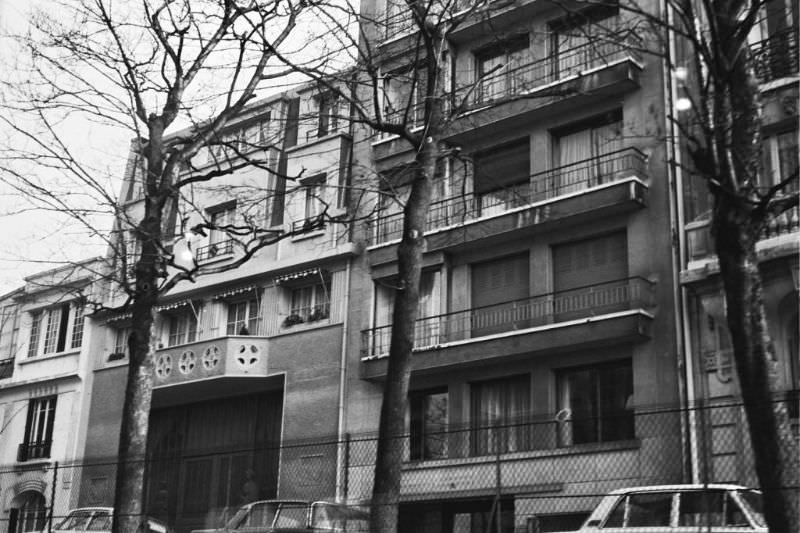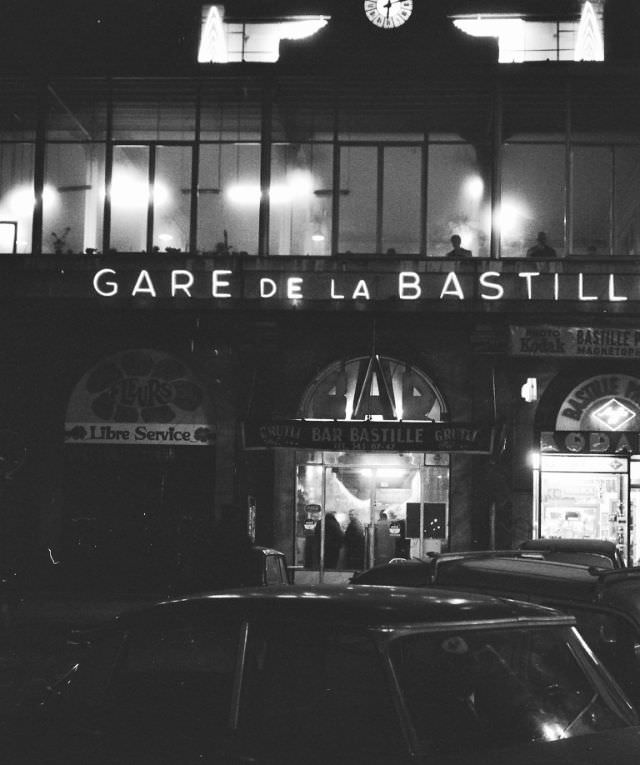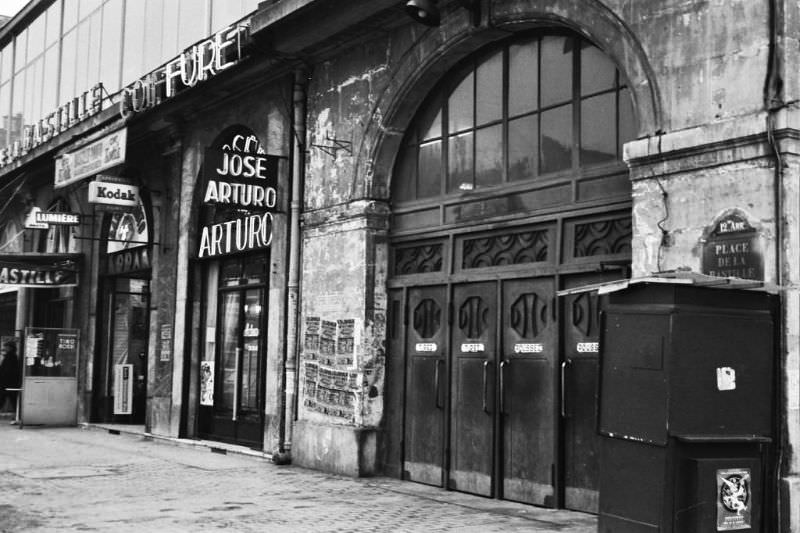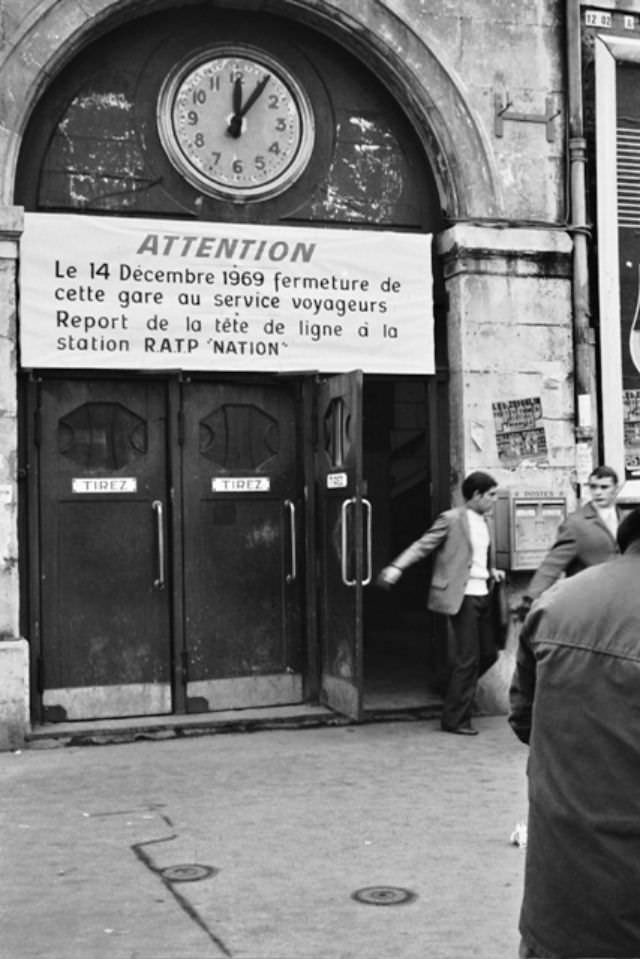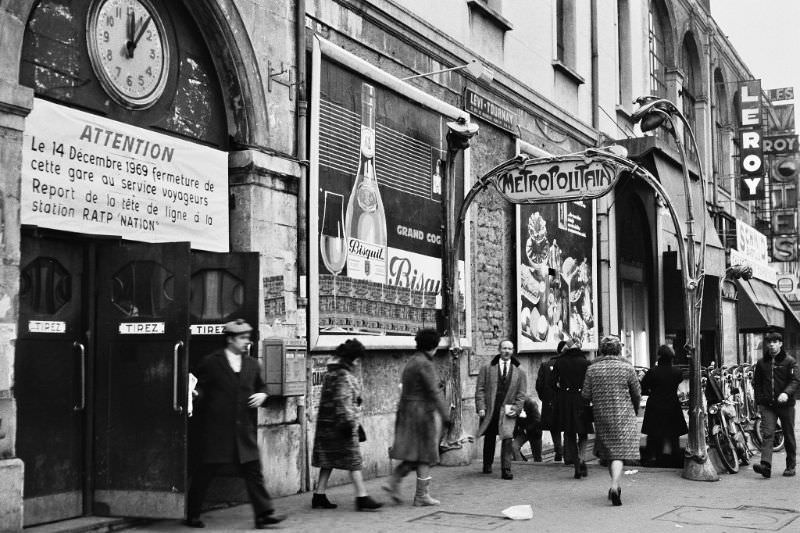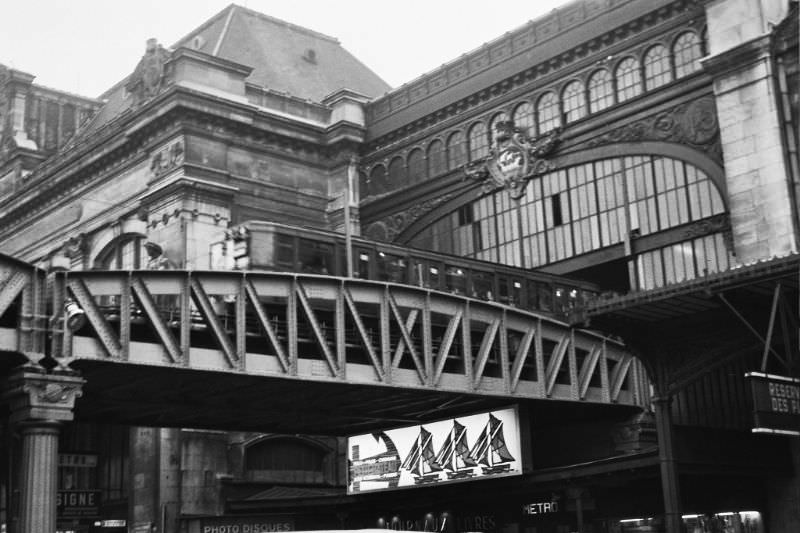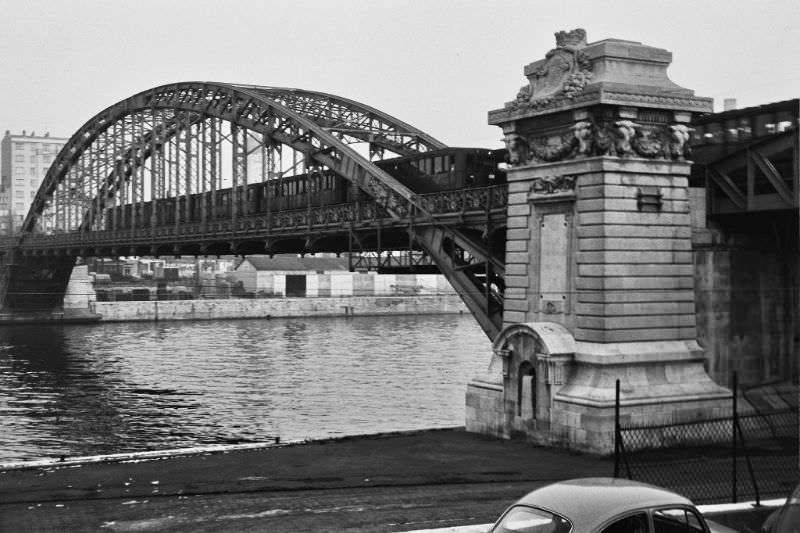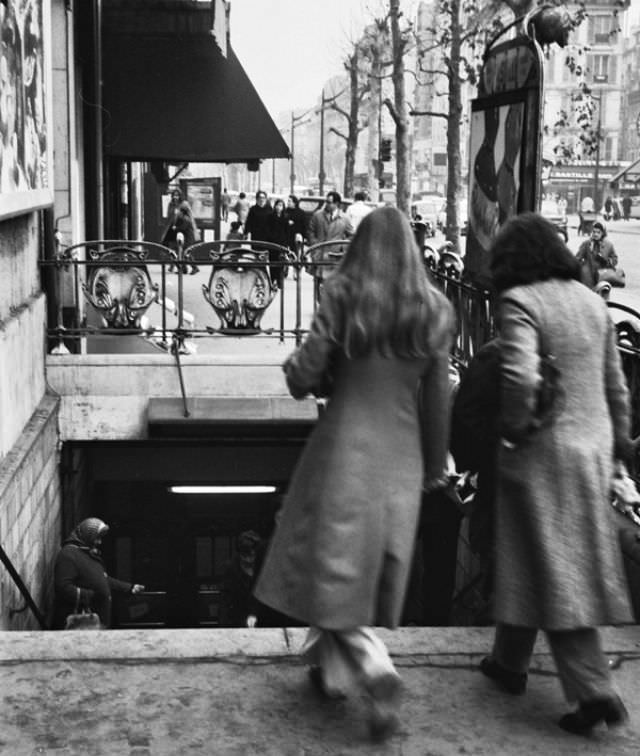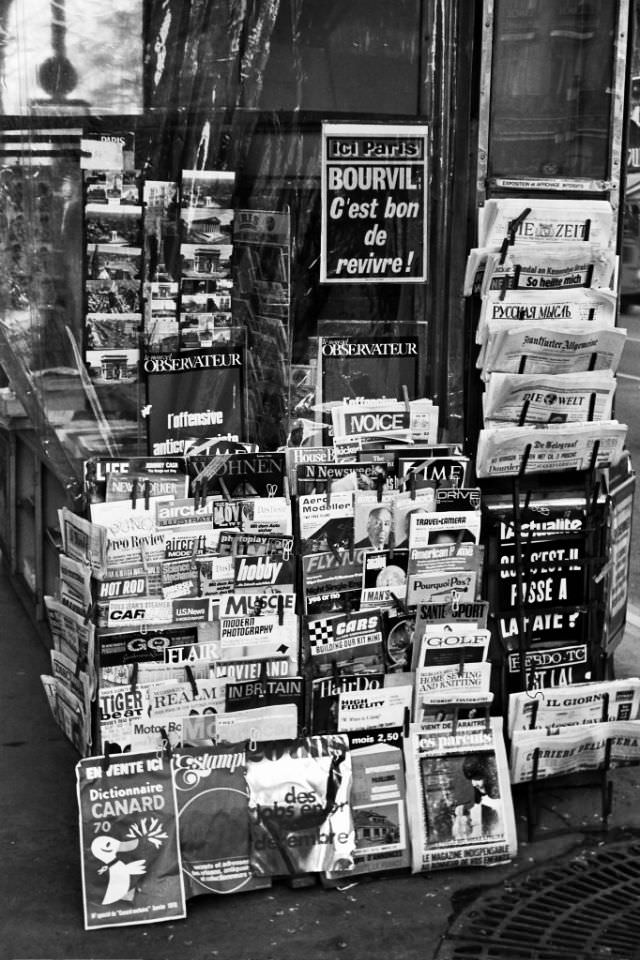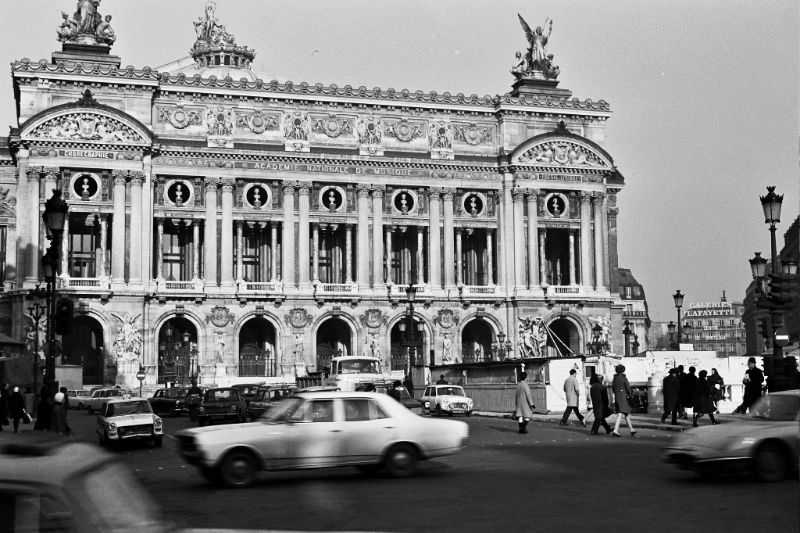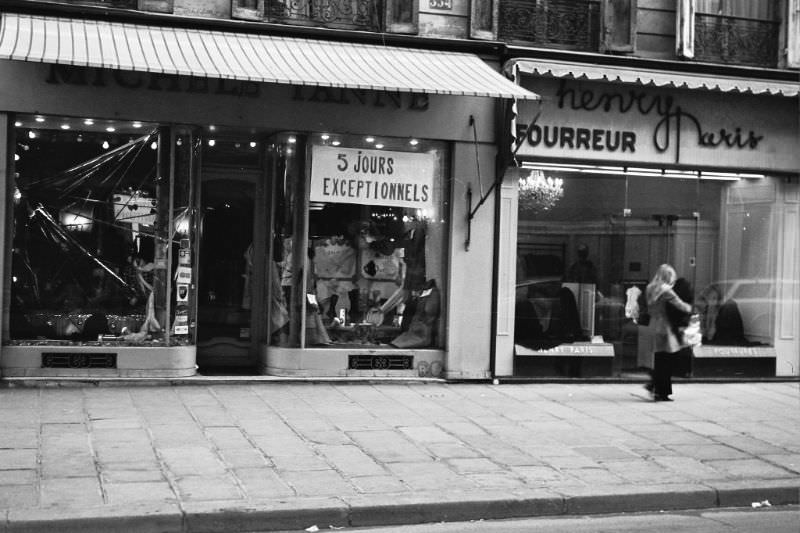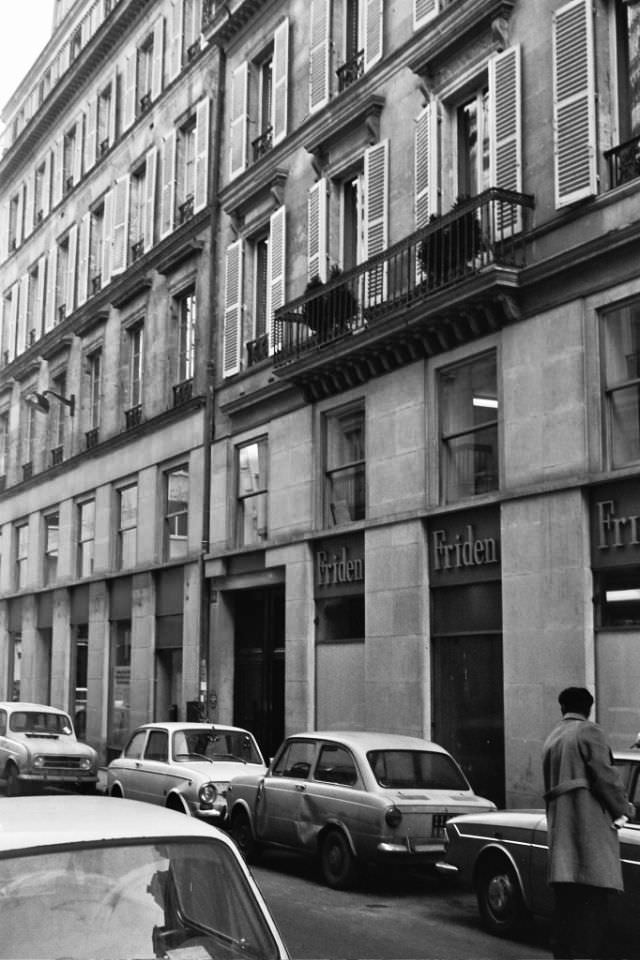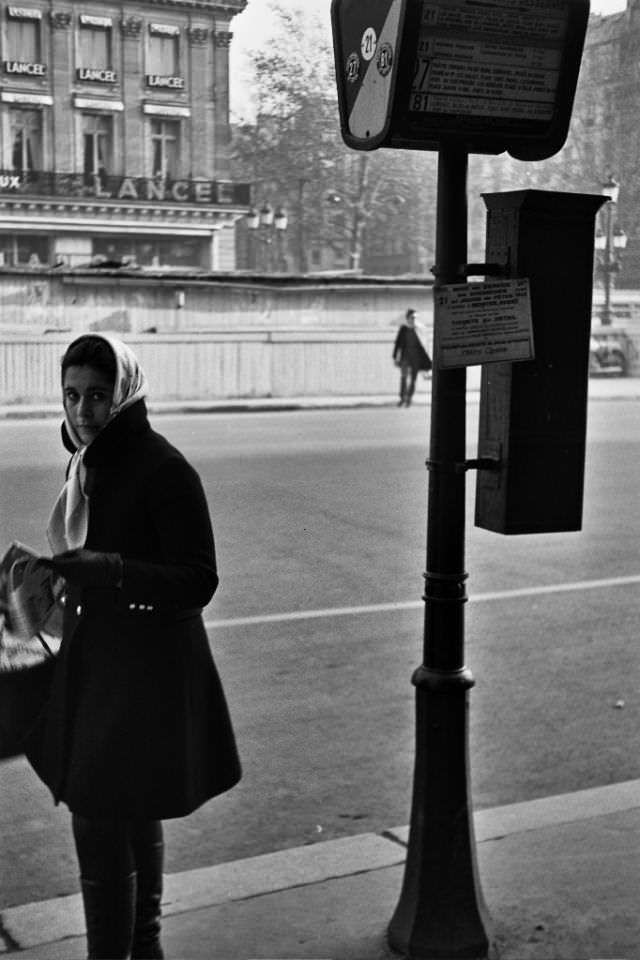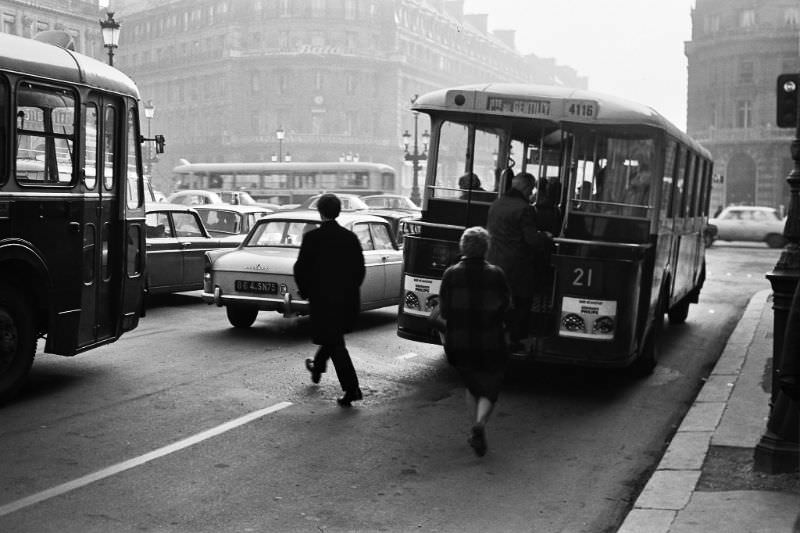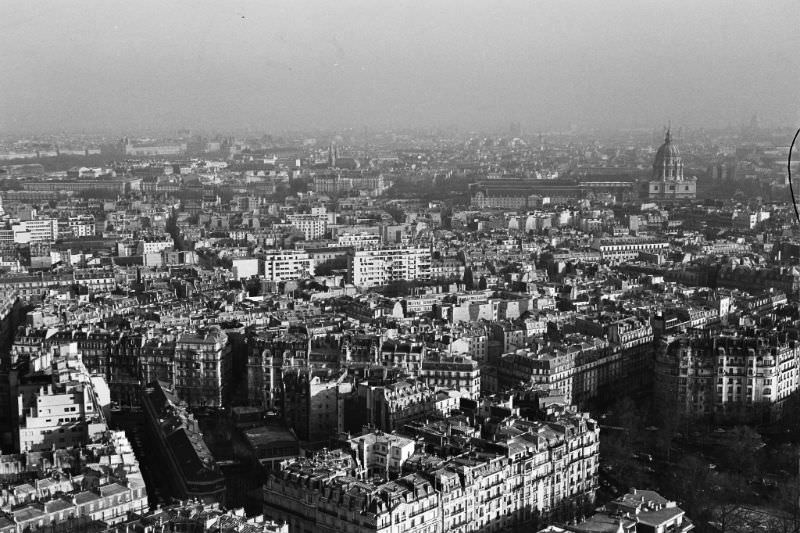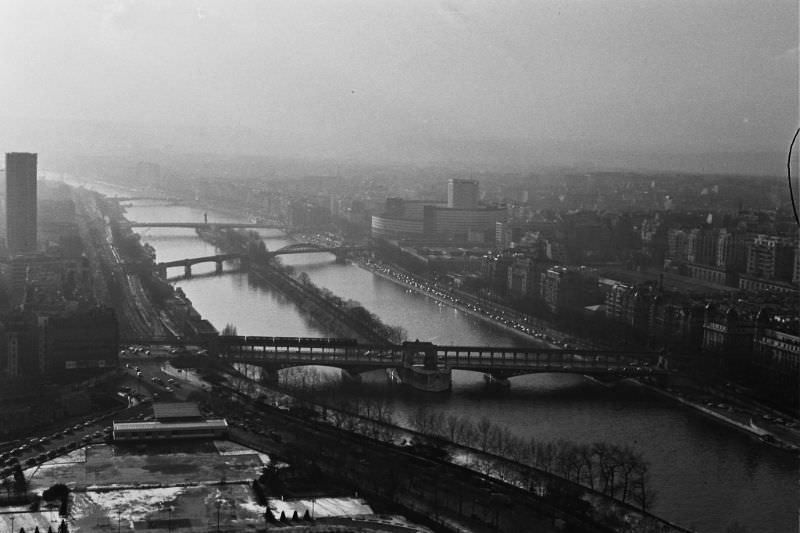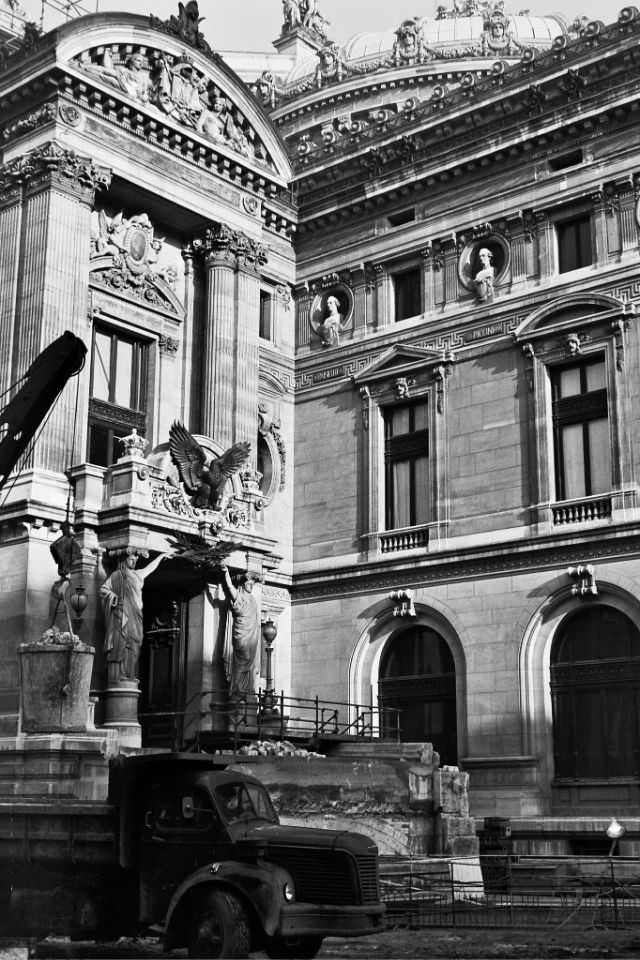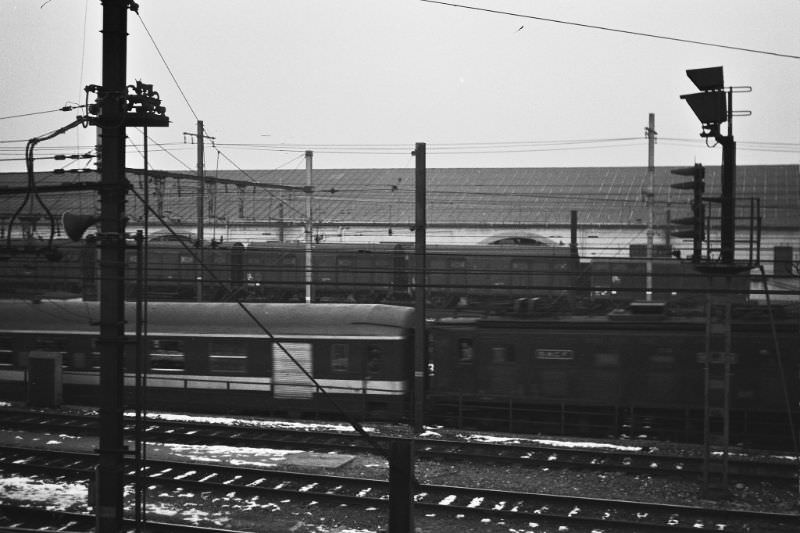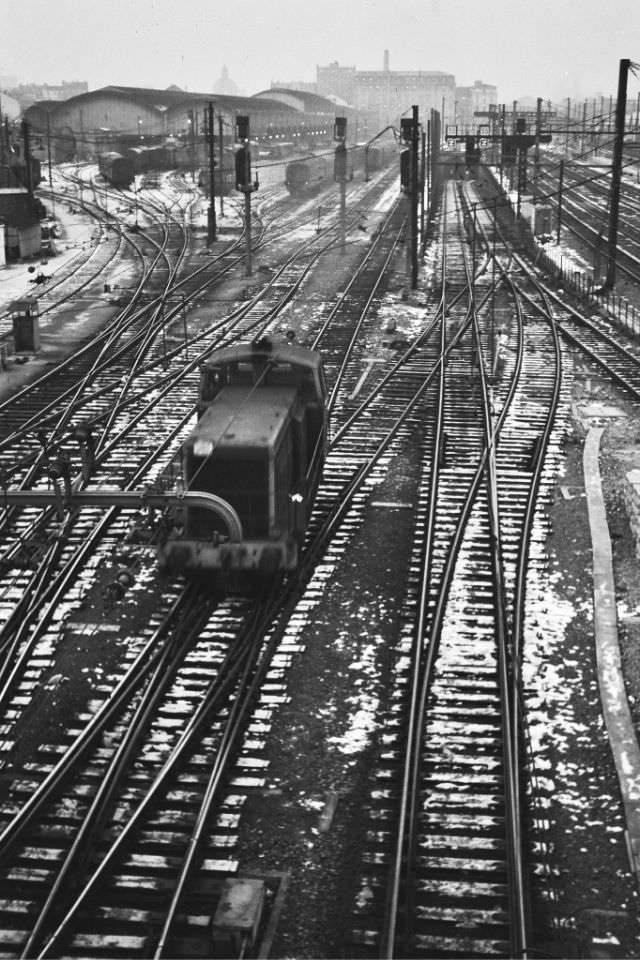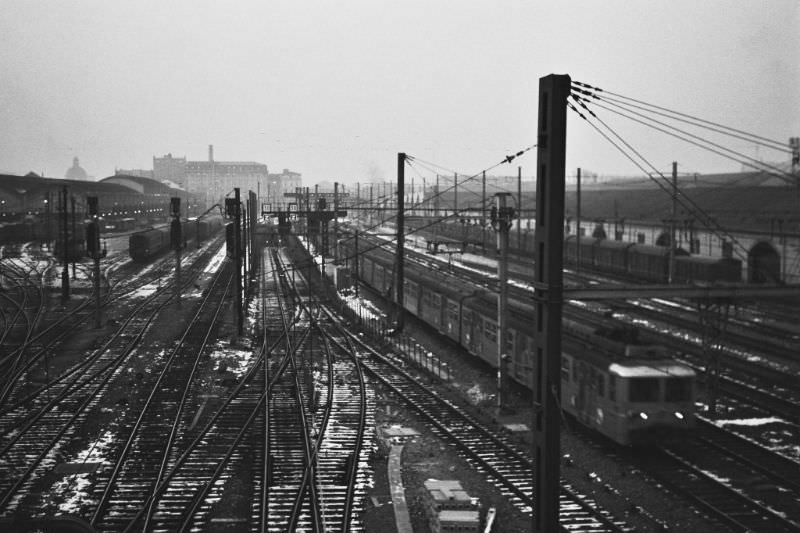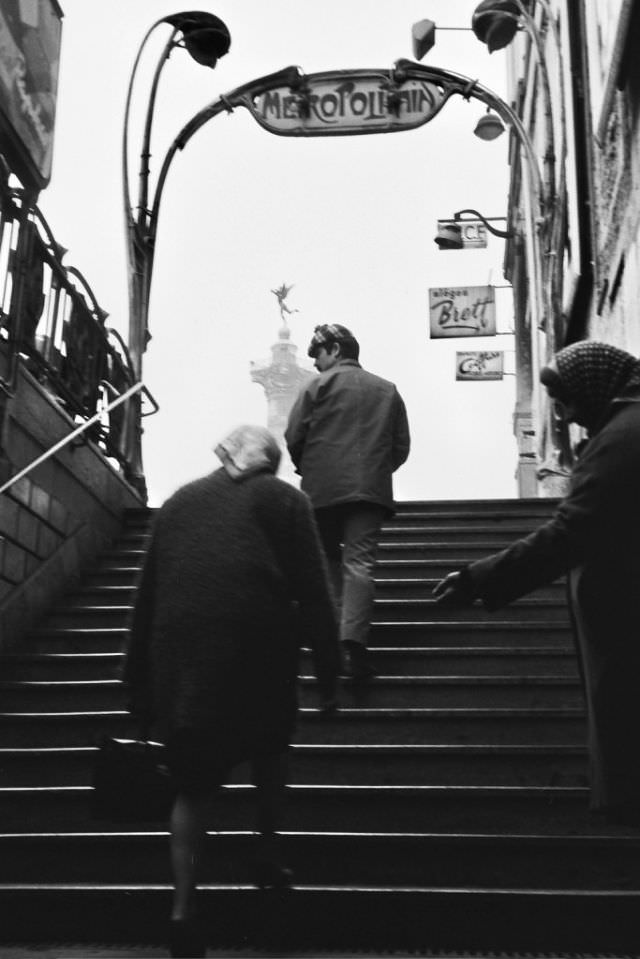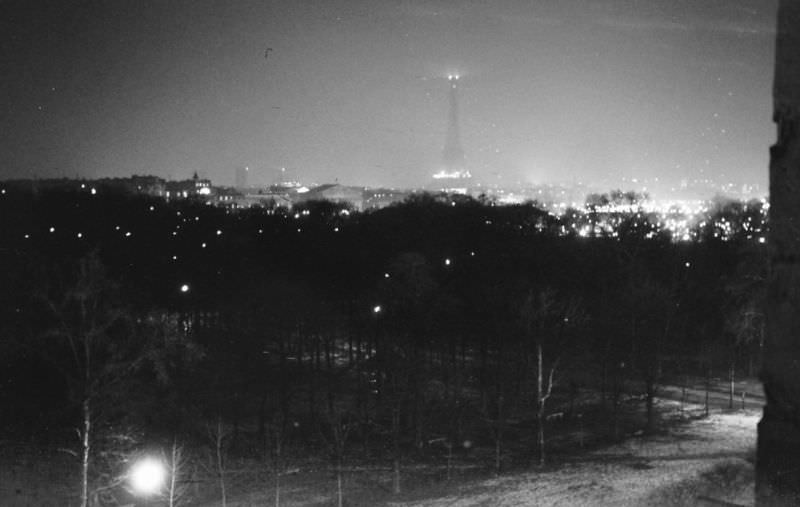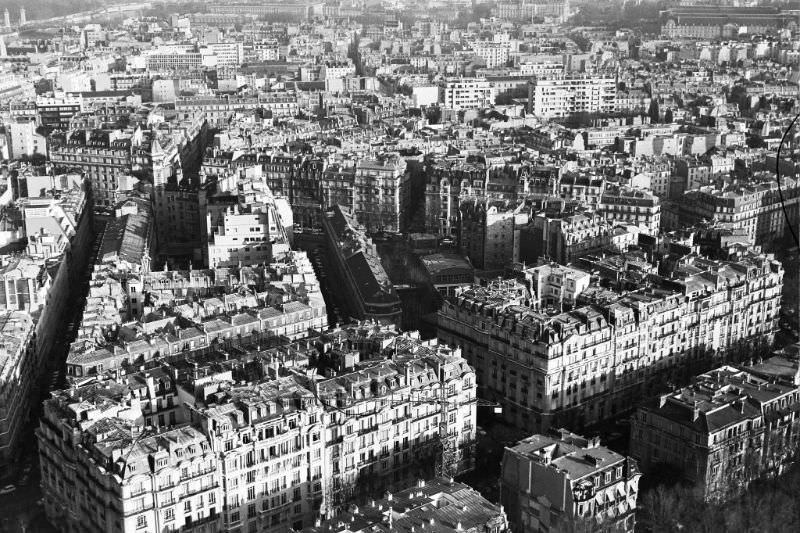Paris in 1969 was a city of shifting contrasts, colored by an intriguing blend of the old and the new. As the turbulent ’60s were coming to a close, the city’s streets were brimming with a vibrant energy that continues to define the essence of Paris even today. So, let’s time-travel and explore what it was like to walk the streets of Paris in 1969 through some fascinating vintage photos.
The Streets of Paris
Walking along the streets of Paris in the 1960s was like strolling through a living, breathing work of art. Winding cobblestone lanes intertwined with broad, bustling boulevards, creating a picturesque urban labyrinth. The charming bistros, historic buildings, modern architectural marvels, and roadside florists painted an enchanting cityscape.
The streets were the veins of the city, pulsating with life and offering a captivating blend of Parisian culture, history, and fashion. You would see stylishly dressed locals exchanging pleasantries over a café au lait at a sidewalk café, while artists set up their easels by the Seine, capturing the city’s beauty in their canvases.
The Rhythm of Life
Life on Paris streets in 1969 was a hustle and bustle of activities. Streets were filled with vendors selling everything from fresh baguettes and pastries to antique trinkets. There was the familiar hum of the city: the honk of the Citroën, the ding-ding of the bicyclists, the clip-clop of high heels on cobblestones, and the lively chatter in French adding to the rhythm of life.
Fashion was on full display on these streets. Parisian women donned chic mini skirts, bell-bottoms, and Yves Saint Laurent’s iconic ‘Le Smoking’ tuxedo suits. The men were equally stylish, often seen in tailored suits or embracing the rebellious spirit of the era with long hair and flared jeans.
Street Performances and Protests
The Paris of 1969 was also a city of expression. Street performers – musicians, mime artists, and poets – were a common sight, lending an air of bohemian charm to the cityscape. Yet, the streets were not just a stage for arts but also a platform for voicing societal concerns. Following the events of 1968, the air was still charged with the spirit of rebellion and the desire for change. Peaceful protests, student marches, and workers’ strikes were not uncommon sights on the streets of Paris.


